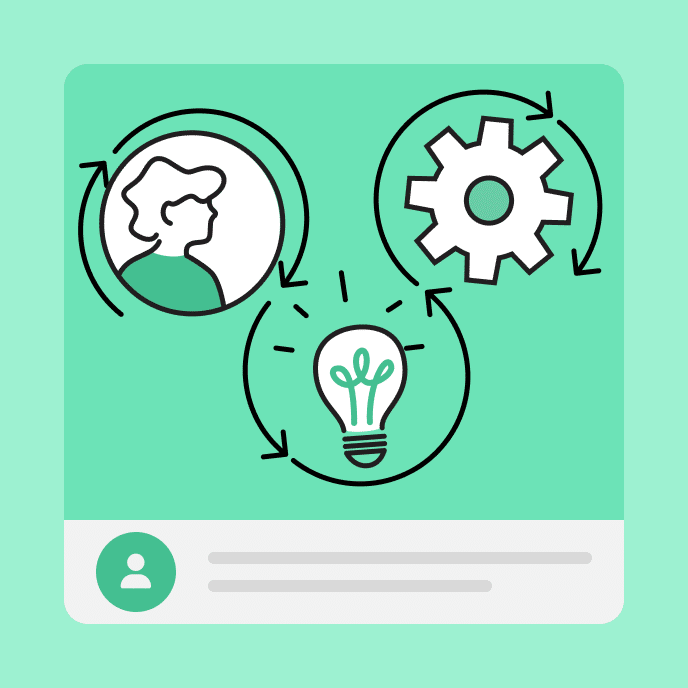Rapid E-Learning

How to Prove Your E-Learning Works Without Performance Data
Learn how to measure your e-learning success beyond traditional performance metrics with these practical alternatives that demonstrate real value to stakeholders.

Skip These 3 Roadblocks That Kill Your E-Learning Projects
Avoid three mistakes that kill e-learning projects: unclear objectives, messy files, and content confusion. Get practical tips to streamline development.

Stop Building E-Learning Courses Before You Know the Problem
Stop building e-learning courses before you identify the real problem. Learn practical steps to choose the right training solution and save time and money.

What Hiring Managers Should Look for in Course Developers
Discover what hiring managers should really look for when hiring course developers and why portfolios matter more than degrees for building great e-learning.

How to Manage the Budget Throughout an E-Learning Project
Discover practical tips for managing your e-learning budget at each project stage. Prevent common pitfalls and maximize value from planning through evaluation.

Get The Resources You Need Before an E-Learning Project Begins
Stop scrambling for resources mid-project! Discover how to identify and secure everything you need before building your e-learning course to ensure smooth development.

Do You Really Need an Instructional Design Degree?
Wondering if you need an instructional design degree? Find out what employers really want and practical ways to build your skills and portfolio.

